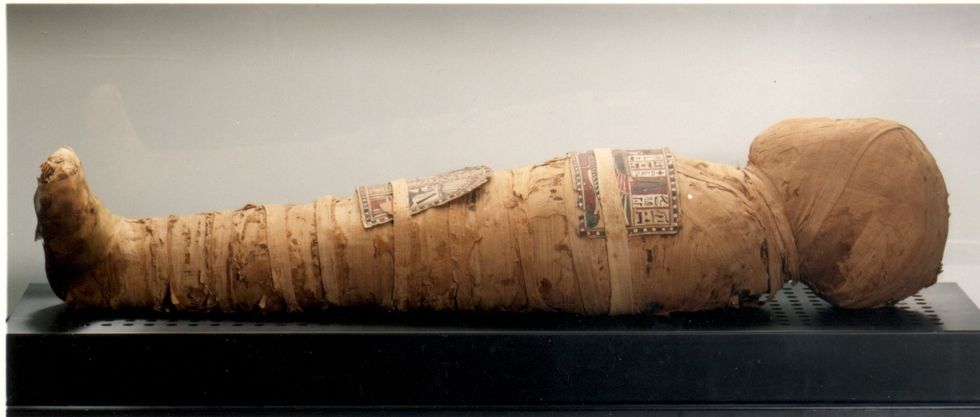Urban Pastoral: Taking the city to the suburbs
Like the road to hell, the American Dream was paved with good intentions. Once the automobile put the horse out to pasture, settlements sprawled across the wide-open landscape, manifesting destiny with each white picket fence. Land and housing went from community to commodity. Then along came Jed.In November of 2002, Jed Selby, then 24, pulled into the tiny town of Buena Vista, Colorado, which sits in a river valley protected on all sides by mountains, smack-dab in the middle of the state. It's warm for its high altitude and used to be famous for its lettuce-Buena Kist-back in the 1800s. Now it's an Old West town known for little except not sitting at the foot of a ski mountain. But Selby, a professional white-water freestyle kayaker, wasn't looking for a ski mountain. He wasn't envisioning much more than a piece of land near a rapid-filled river to call his home.The river rat, whose life to this point revolved around driving upwards of 50,000 miles a year to all corners of the continent chasing rapids, was ready to settle down. He hadn't heard of New Urbanism, an architecture and community-design movement that since the early 1990s had been bucking the sprawl trend with walkable urban designs, bringing suburbia closer to old Europe (or Manhattan) appearances. And he certainly wasn't thinking about flipping the American Dream on its head; he was thinking about himself flipping in the river, preparing for his next competition.But after he settled on Buena Vista, a development idea came. He pulled in his sister Katie, a pro kayaker who had been a business major in college, but she said she wouldn't help unless Jed promised to develop the land in the most sustainable manner possible. "Back then," Katie says, "I didn't have respect for any kind of development." Jed bent to her bargaining, but neither knew exactly what sustainable growth really meant, so they went to work: research at the library in nearby Boulder; visits to the Rocky Mountain Institute; phone calls with architects, authors, and experts.It turned out that, from Seaside, Florida, to Longmount, Colorado, New Urbanism was gaining traction. What the Selby kids finally proposed to the town, having obtained the architecture and design aid of Dover, Kohl and Partners, was a development named South Main-42 acres, 327 residential units, 156 affordable apartments, and a commercial district. It represented their version of the American Dream-a new normal for a malformed nation. And thanks to a dire economy and housing market, that dream must be rewritten."We are confronting a series of four overlaid crises," Andrés Duany tells me. Duany is a world-famous architect, a founder of the Congress for the New Urbanism, and a partner at DPZ, the design firm responsible for Seaside, Florida, the pilot project of New Urbanism and one that Time called "the most astounding design achievement of its era." South Main was largely inspired by Duany and his book Suburban Nation, which became the Selbys's bible."There is the economic downturn," says Duany. "There is the problem with housing. And there is global warming and peak oil. The only thing they have in common is the lifestyle of the American middle class. The issue of this lifestyle is at the heart of all of our major problems. New Urbanism is the only comprehensive proposal that deals with all four. John Norquist, who is head of the CNU, says that New Urbanism is ‘a convenient solution to the inconvenient truth.'"According to Duany's paradigm, all the promises made by suburbia were betrayed, and all the solar panels, electric cars, and bank regulations in the world aren't going to solve it. Places like South Main, he believes, are the answer."It can't just be about green gadgets," Katie says. "No one looks at the fundamental way our country is laid out, how efficiently land is used, and how much we can function without cars."In 2005, after three years of research, planning, public meetings, and a vote by the board of trustees, Buena Vista gave the go-ahead, to the chagrin of some town old-timers who believed, as Katie used to, that all development was evil. They liked Buena Vista precisely because it never changed, so even smart growth was bad growth in their eyes. To others, it was inevitable that Buena Vista would grow, so they might as well develop it thoughtfully. The Selbys purchased the 42-acre plot with an initial $1.2 million, raised by their father, Buzz, by selling a one-acre lot for the same price in nearby Vail. Since then, the first phase of construction has been completed and sold out, and the second phase is well under way, recession be damned. As the neighborhood takes shape, melting into the fabric of greater Buena Vista, even the old townies are coming around. "It's taken years to get here," Jed says. "But finally, five years in, it's beginning to build upon itself, like we birthed this place and now it's able to live on its own."The Arkansas River runs next to the land and the river corridor was cleaned up and donated to the town as public space. A white-water park with six rapids features will be built with grant money from the state lottery, which funds outdoor recreation (this is, after all, Colorado), and a new town square in the small commercial district holds a man-made rock-climbing boulder. Across the street, the newly opened Eddyline Restaurant and Brewery, the neighborhood's first restaurant, looks out at the river rapids.But you don't have to be a type-A adventurer to get the idea. Allison Abdelnour is a longtime resident who runs a video production company with her husband John. They moved from the outskirts of town into South Main this summer, but she was originally wary. "I didn't want the kayaking subculture to determine the culture of the neighborhood," she says. Anticipating a nonstop kayak festival, she quickly realized that that wasn't the case. "I found it wasn't about kayaking, it was about community."Tree-lined streets are narrow, with wide sidewalks dotted with freestanding and row houses, many zoned as live/work spaces, and all of which are required to exceed the Built Green Colorado program's standards by 30 percent. Neighbors pass each other and socialize-something South Main has that Manhattan, with its keep-to-yourself mood, doesn't. About 60 residents live in South Main now, with a goal of around 800. At least 250 more will be accommodated on newly acquired property that will link South Main to Buena Vista. Each of the neighborhood's 500 proposed units will be within walking distance-a few short blocks-of the river, the square, and the historic downtown district.You really have to step inside New Urbanism to fully grasp it, but flipping through photos, it's clear that there is a new age for Norman Rockwell, where beyond the painstaking detail work of construction, community is what you come away with. That is smart growth.



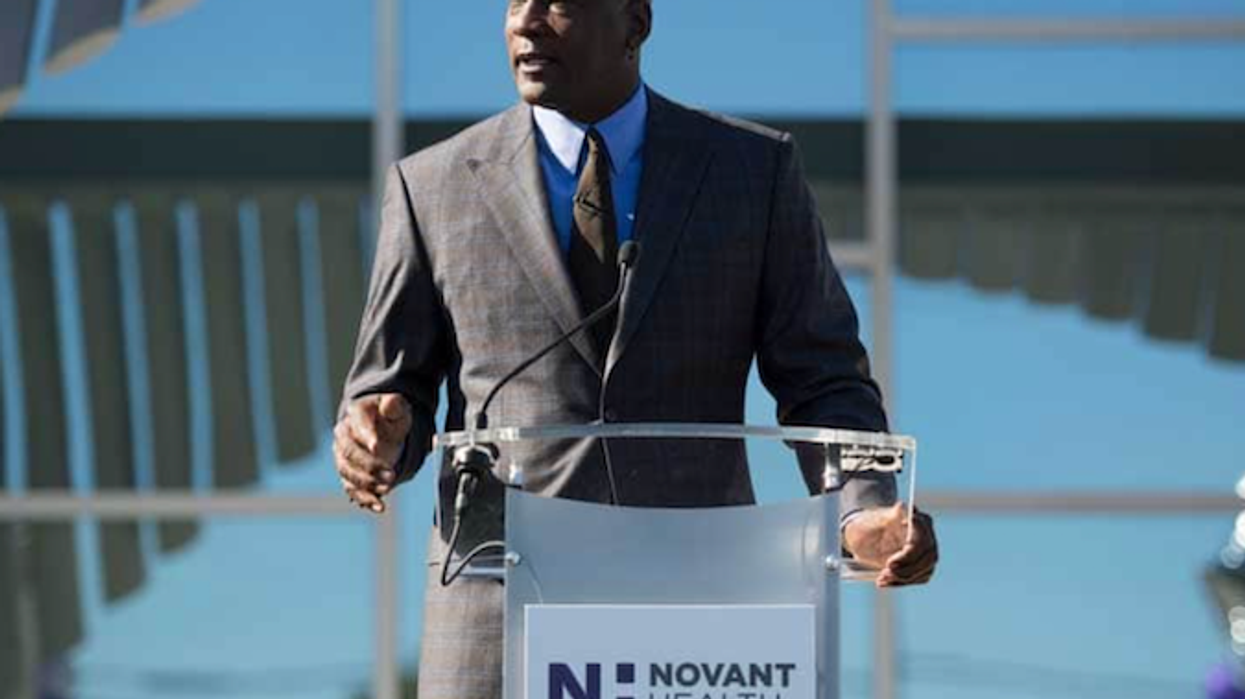







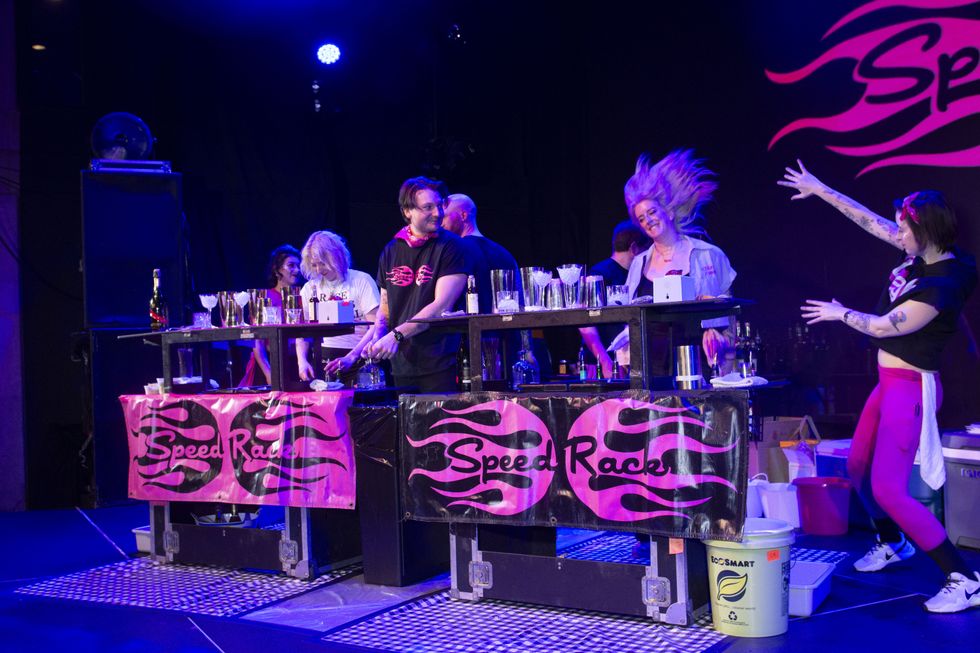 Competitors Sam Smagala, of the bar Joyface, and Miranda Midler, Head Bartender of Dear Irving's Broadway location, shake it off before Round 1 begins. Elyssa Goodman
Competitors Sam Smagala, of the bar Joyface, and Miranda Midler, Head Bartender of Dear Irving's Broadway location, shake it off before Round 1 begins. Elyssa Goodman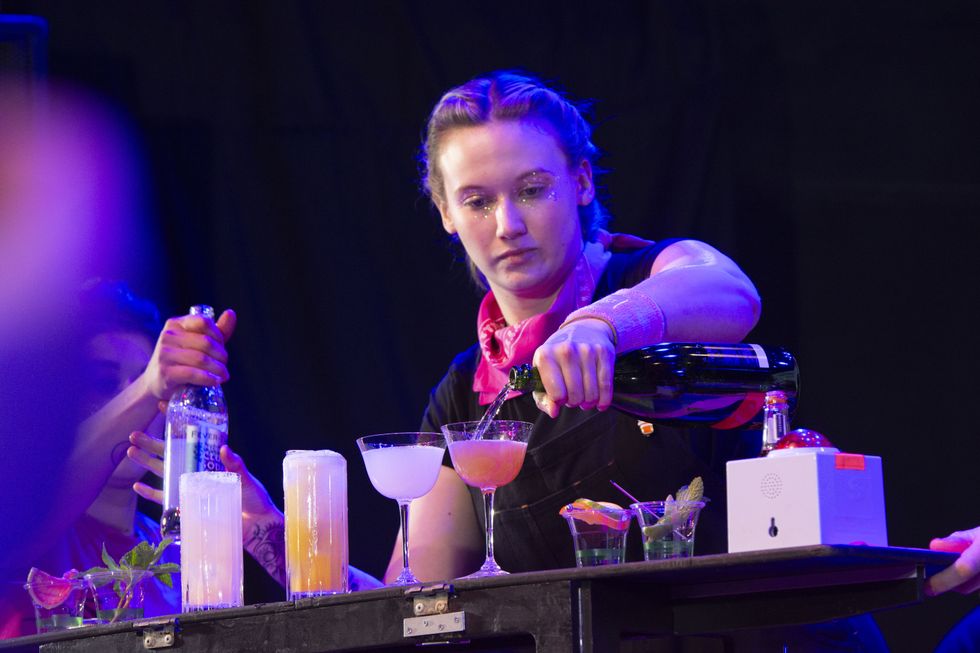 Competitor Hope Rice of The Crane Club finishes up the final cocktail of her round, an Old Cuban, with a pour of G.H.Mumm Champagne. The Old Cuban is a drink created by legendary bartender Audrey Saunders. Elyssa Goodman
Competitor Hope Rice of The Crane Club finishes up the final cocktail of her round, an Old Cuban, with a pour of G.H.Mumm Champagne. The Old Cuban is a drink created by legendary bartender Audrey Saunders. Elyssa Goodman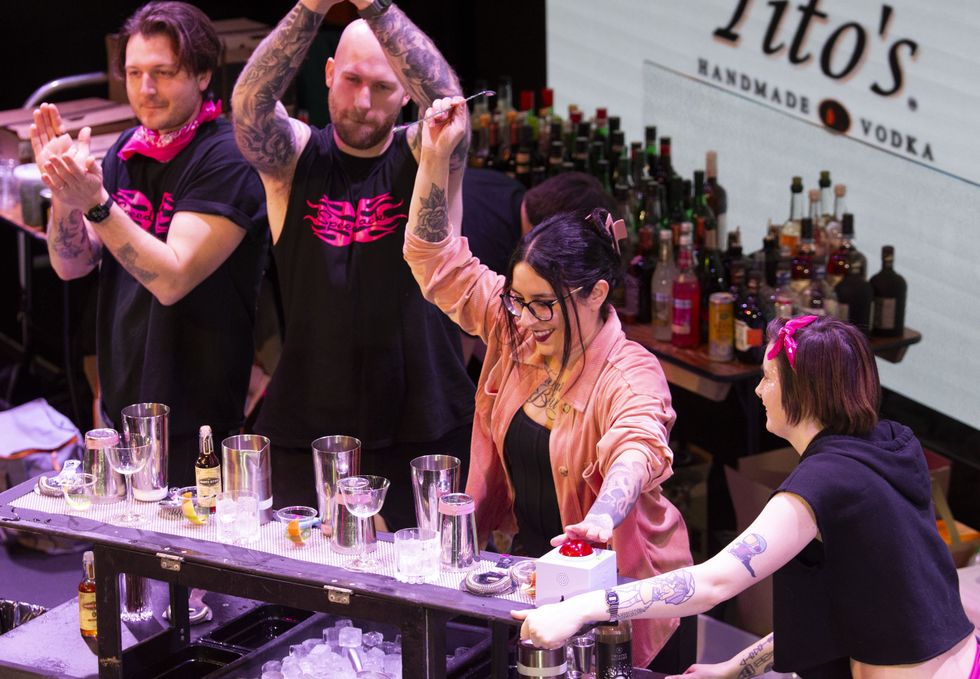 Competitor Ileana Hernandez just before her round begins. Ileana works at Greenwich Village restaurant Llama San.Elyssa Goodman
Competitor Ileana Hernandez just before her round begins. Ileana works at Greenwich Village restaurant Llama San.Elyssa Goodman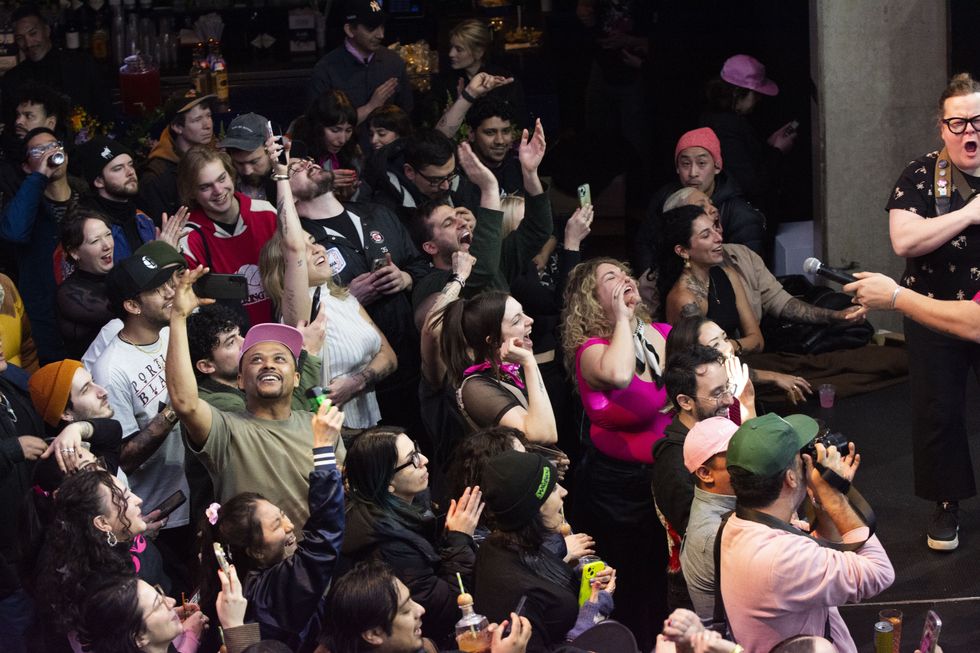 Full of friends and industry professionals, the audience cheers for the annual New York Regional Speed Rack competition. Elyssa Goodman
Full of friends and industry professionals, the audience cheers for the annual New York Regional Speed Rack competition. Elyssa Goodman Competitor Rachel Prucha, of Mister Paradise and Hawksmoor, ready to take on her round.Elyssa Goodman
Competitor Rachel Prucha, of Mister Paradise and Hawksmoor, ready to take on her round.Elyssa Goodman Bartender Lana Epstein, of The Portrait Bar, wins Speed Rack's New York Regional competition. Friends and fellow competitors raise her up and offer bubbly to celebrate. Elyssa Goodman
Bartender Lana Epstein, of The Portrait Bar, wins Speed Rack's New York Regional competition. Friends and fellow competitors raise her up and offer bubbly to celebrate. Elyssa Goodman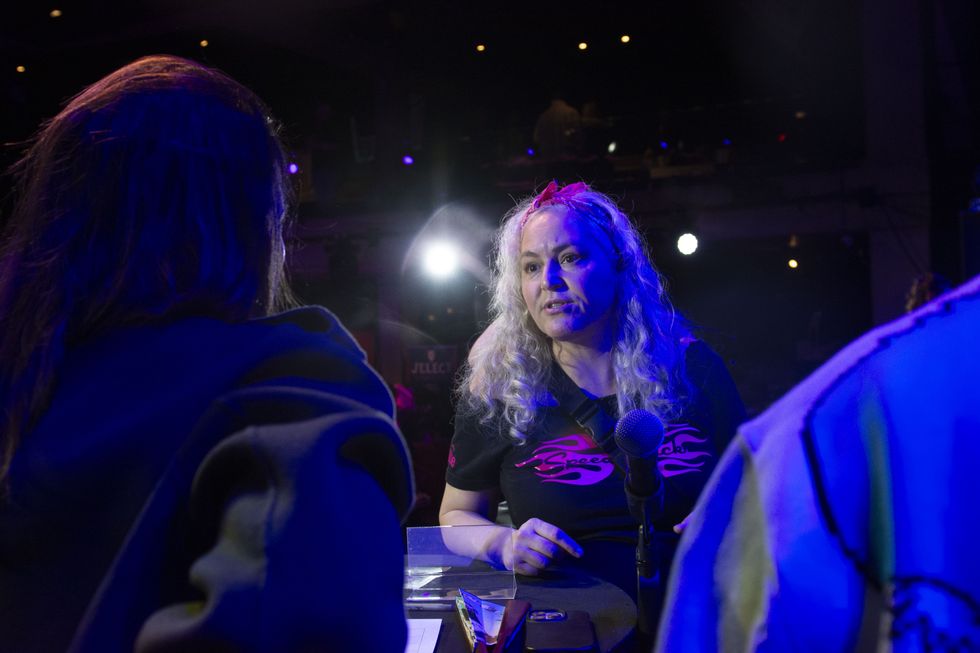
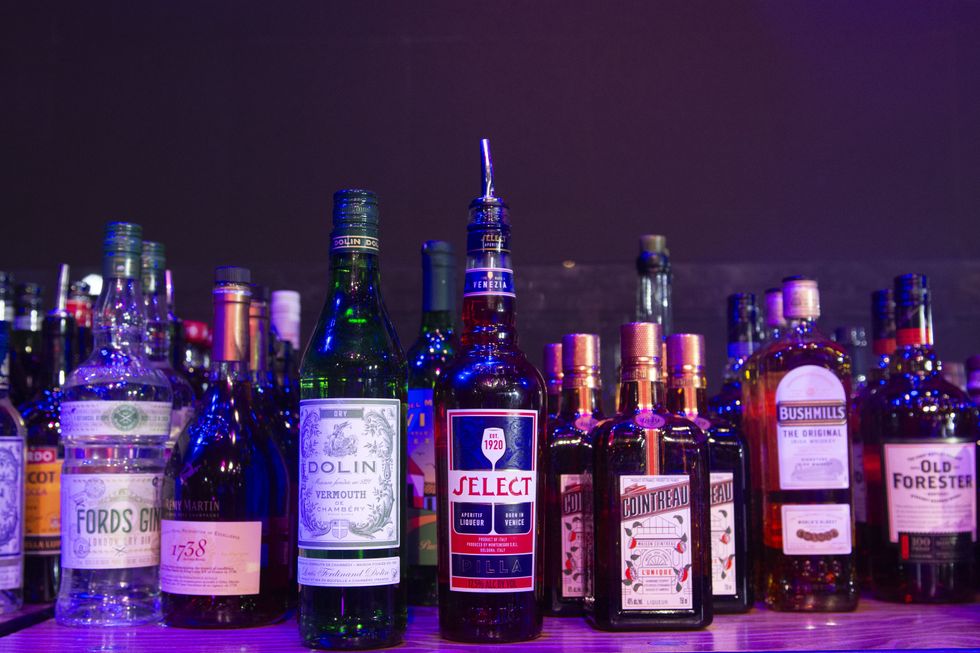
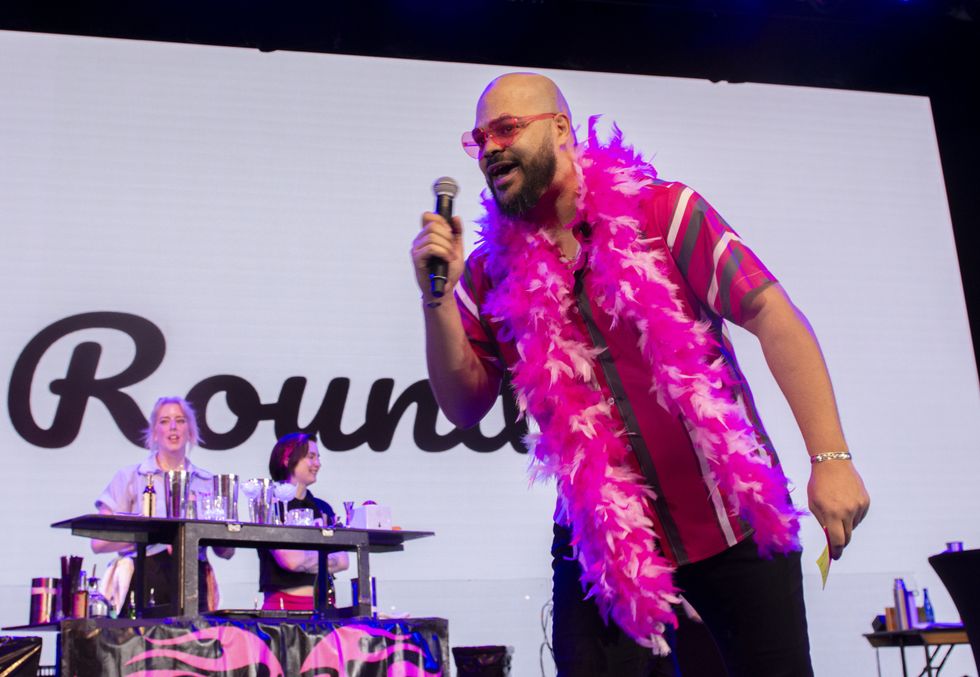
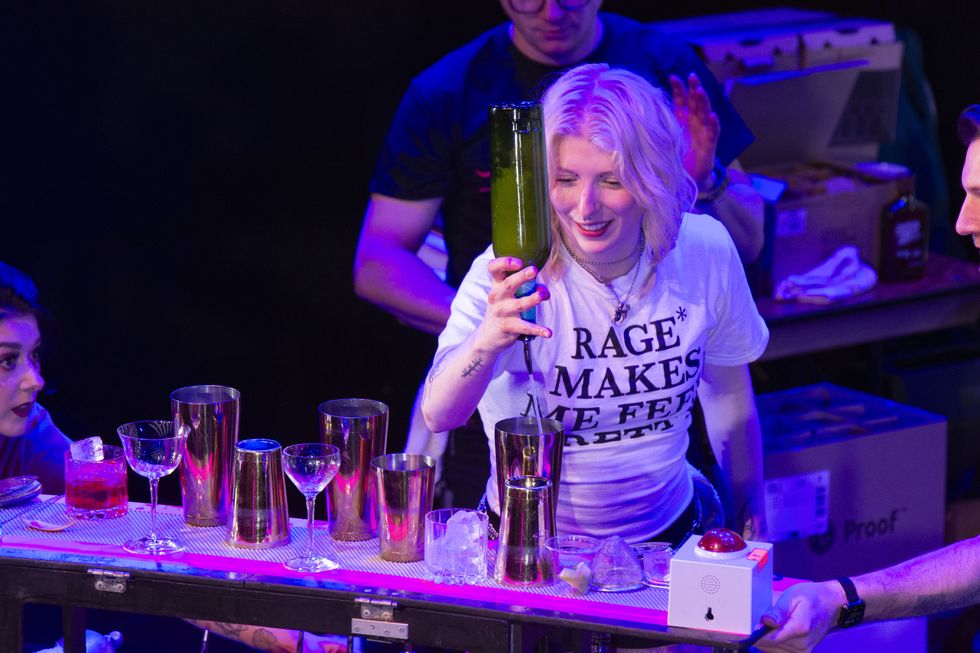
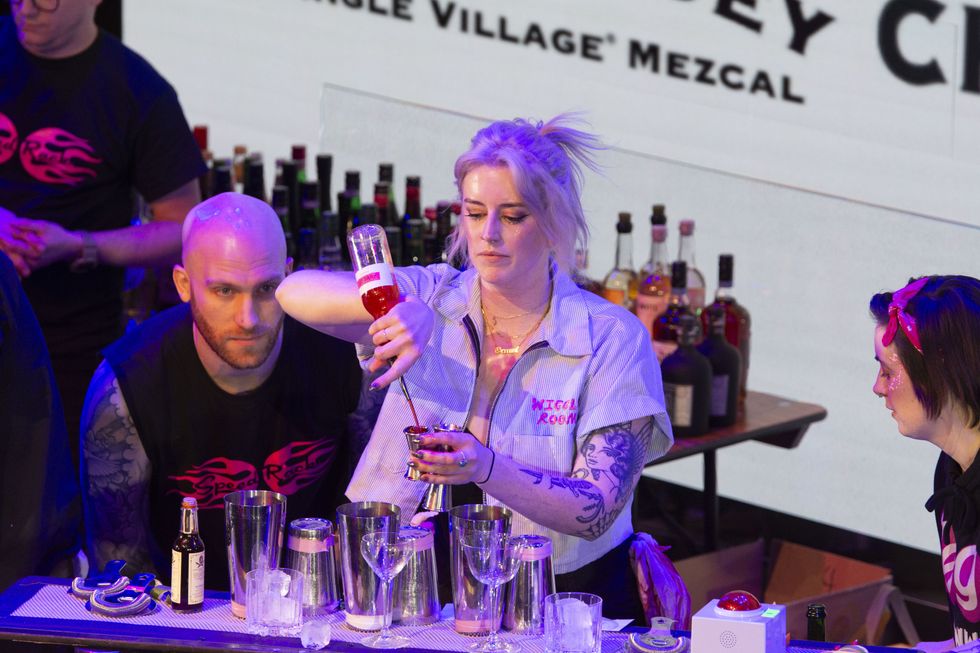
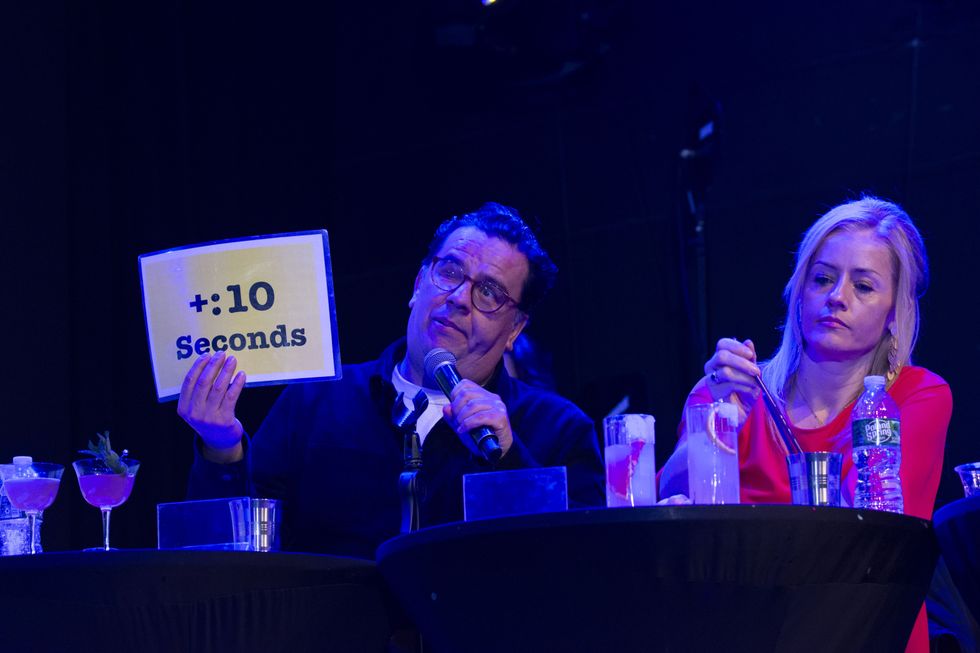
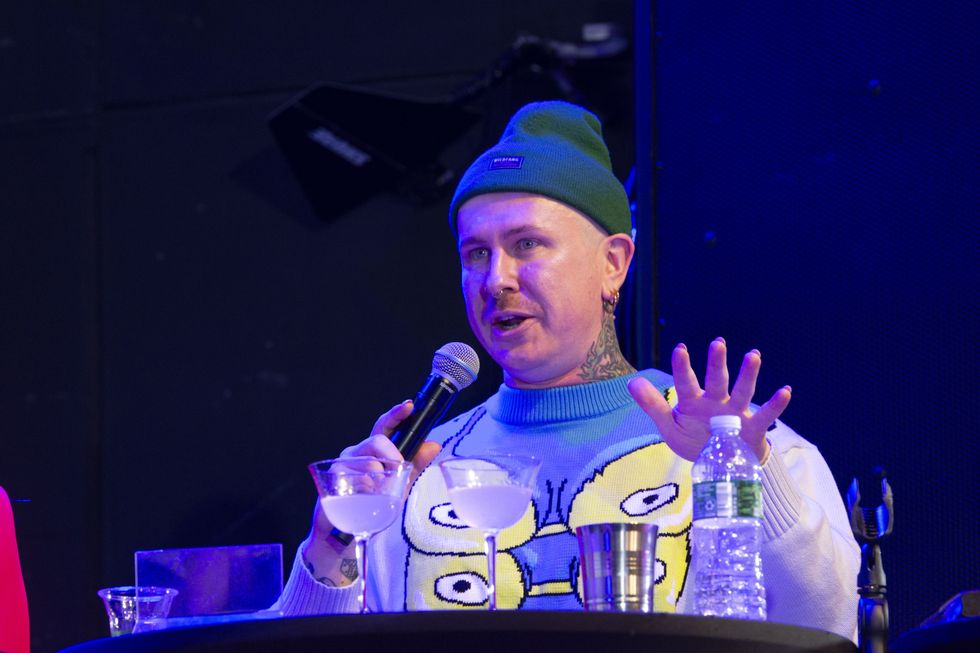
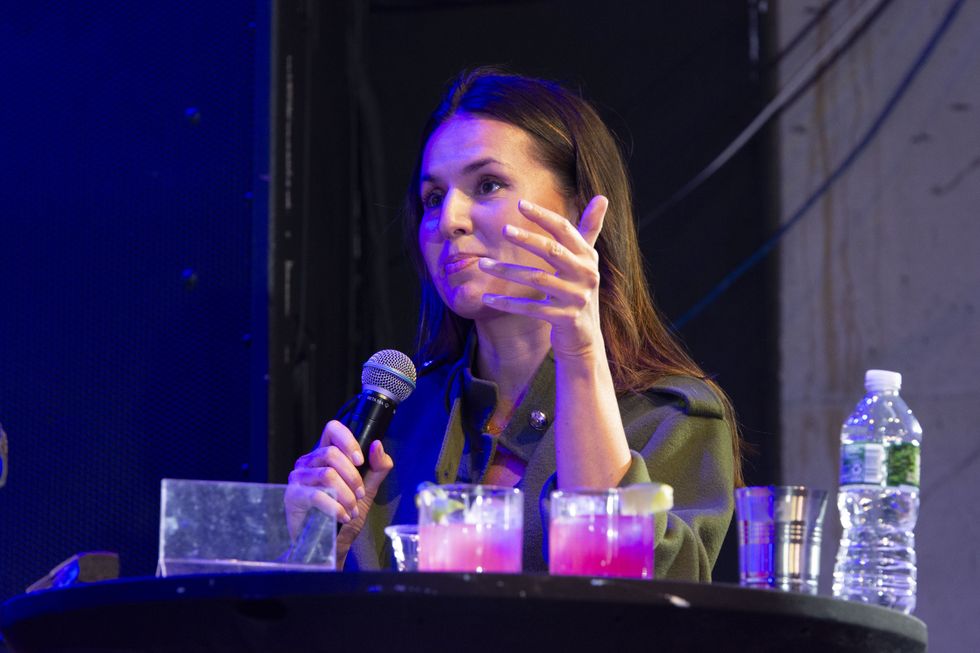
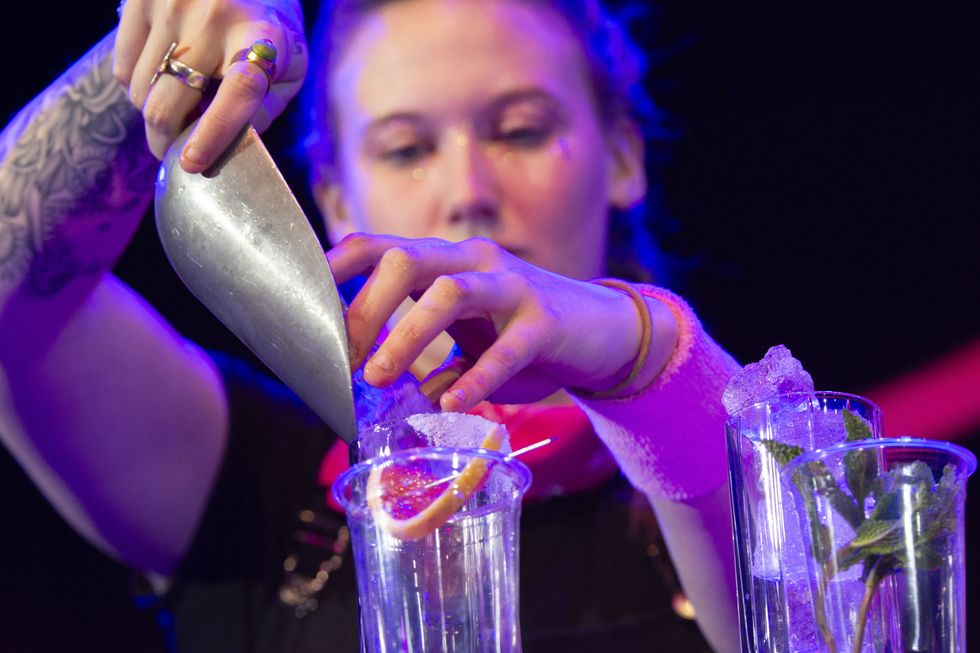
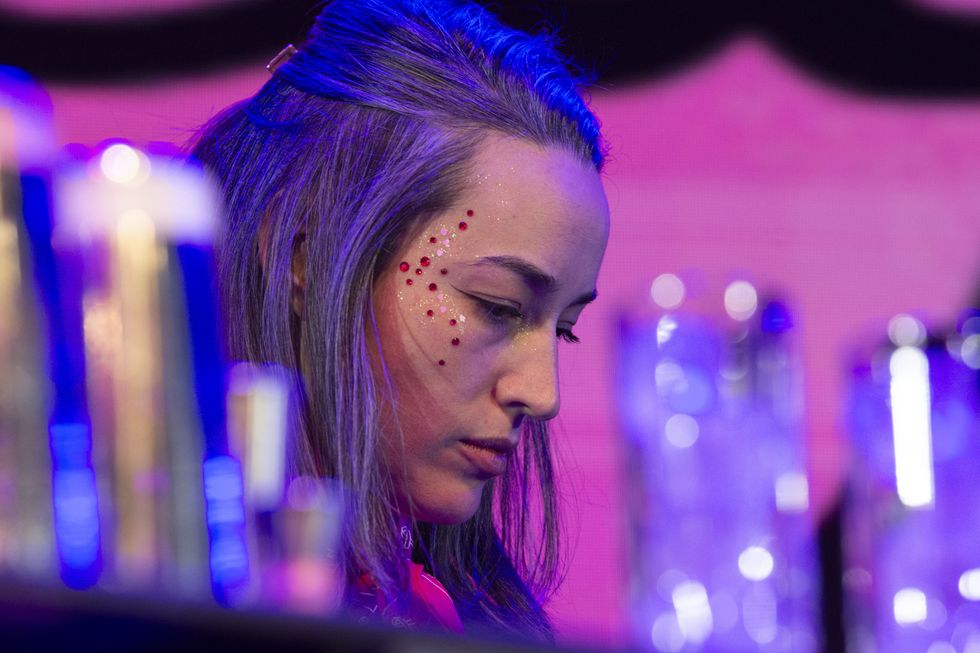

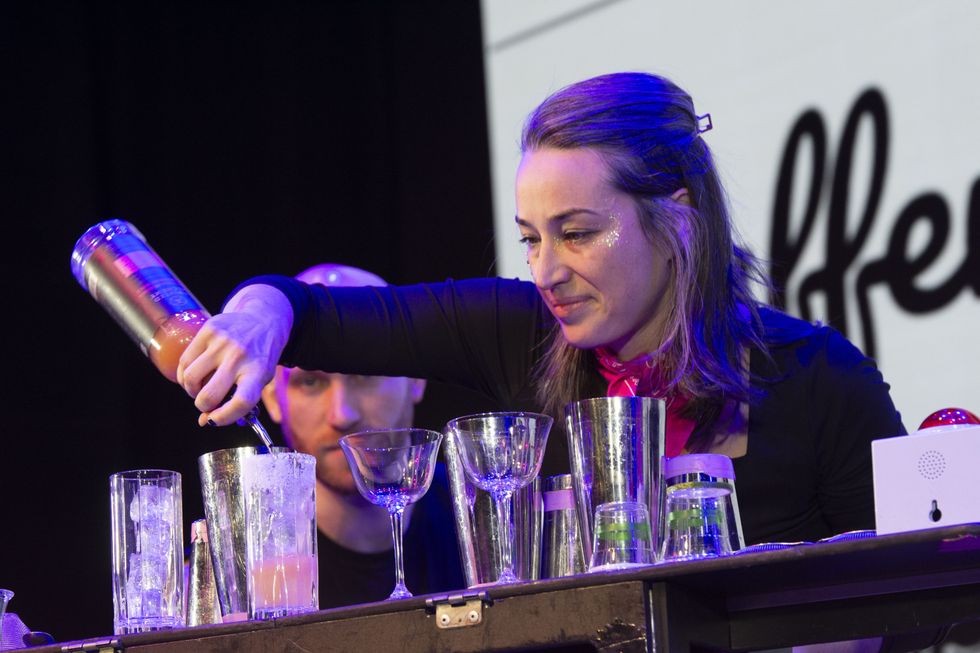

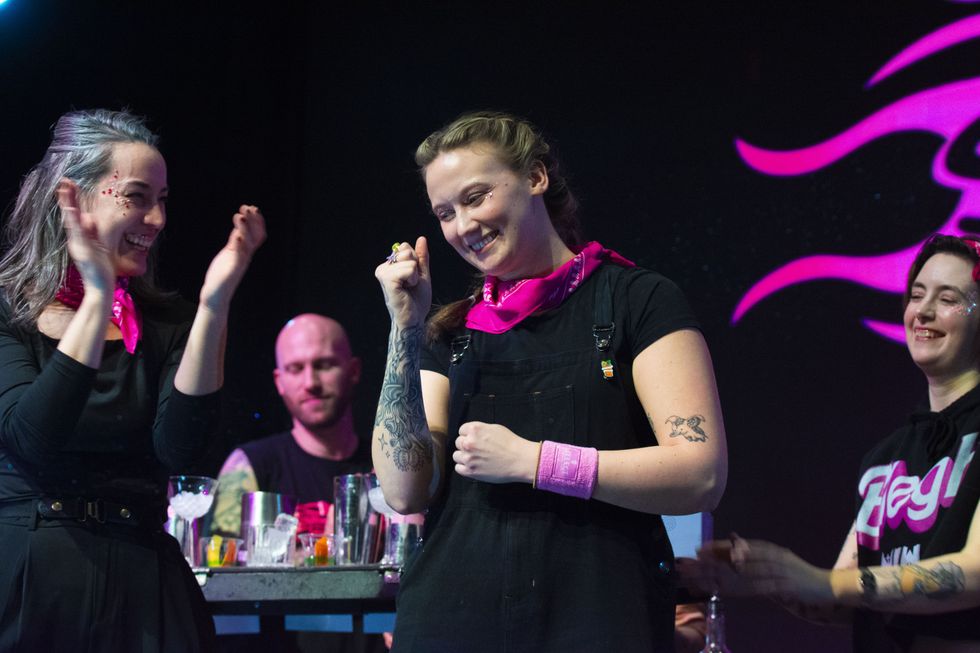

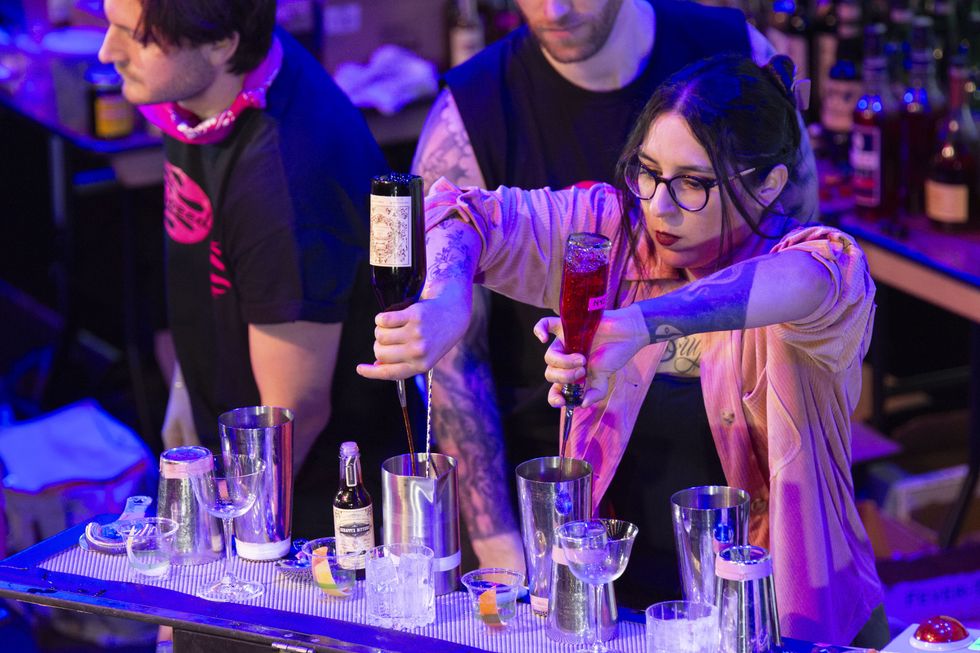
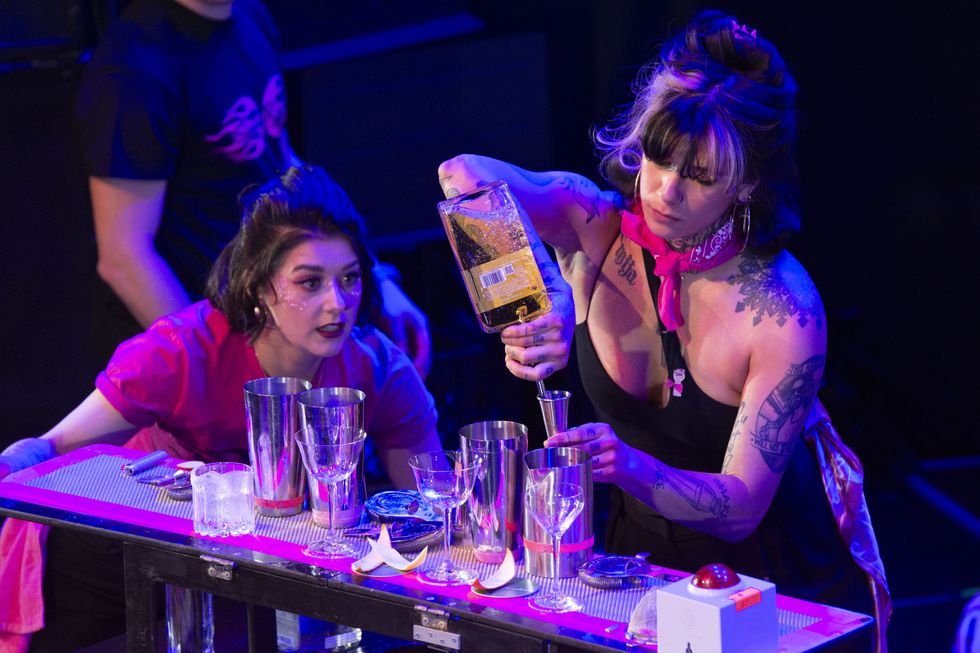
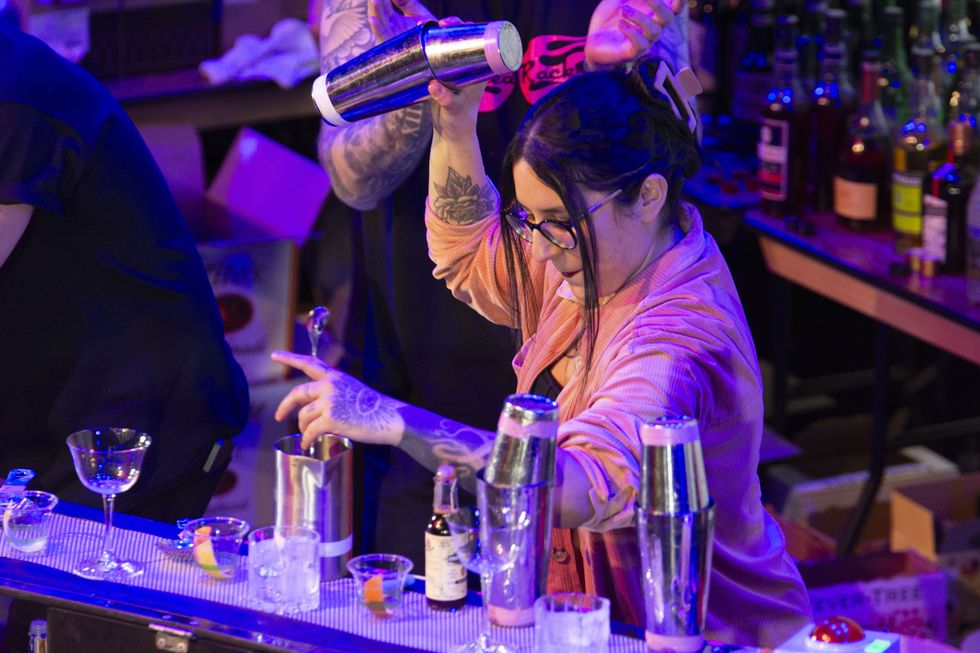
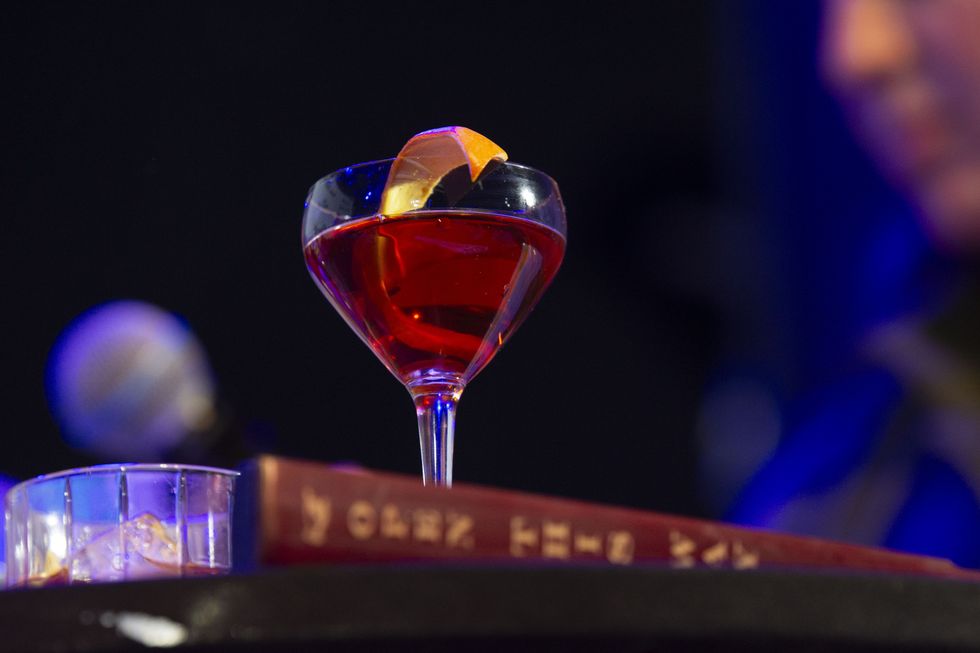


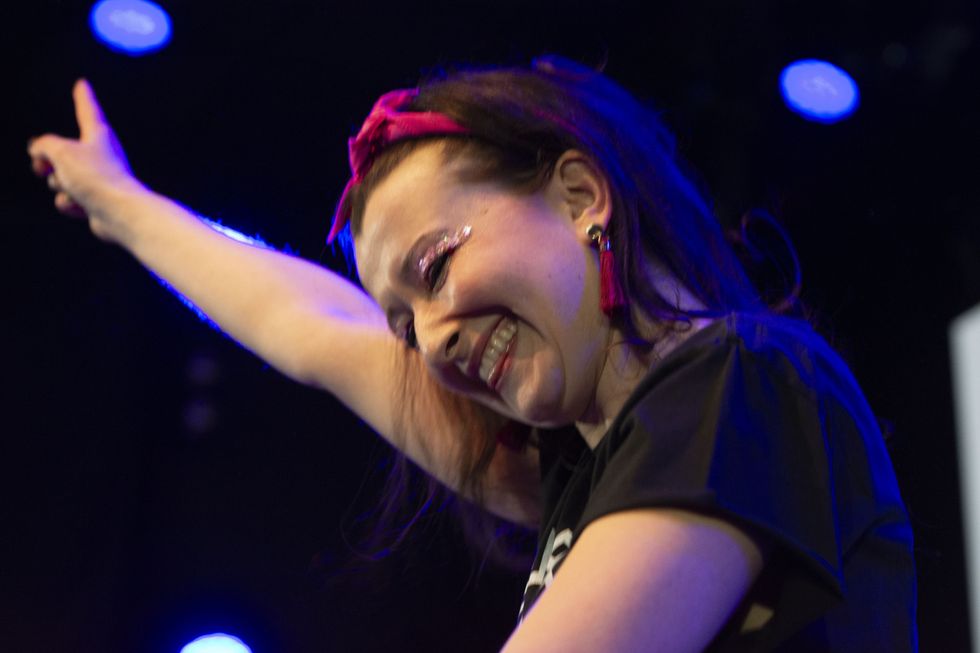
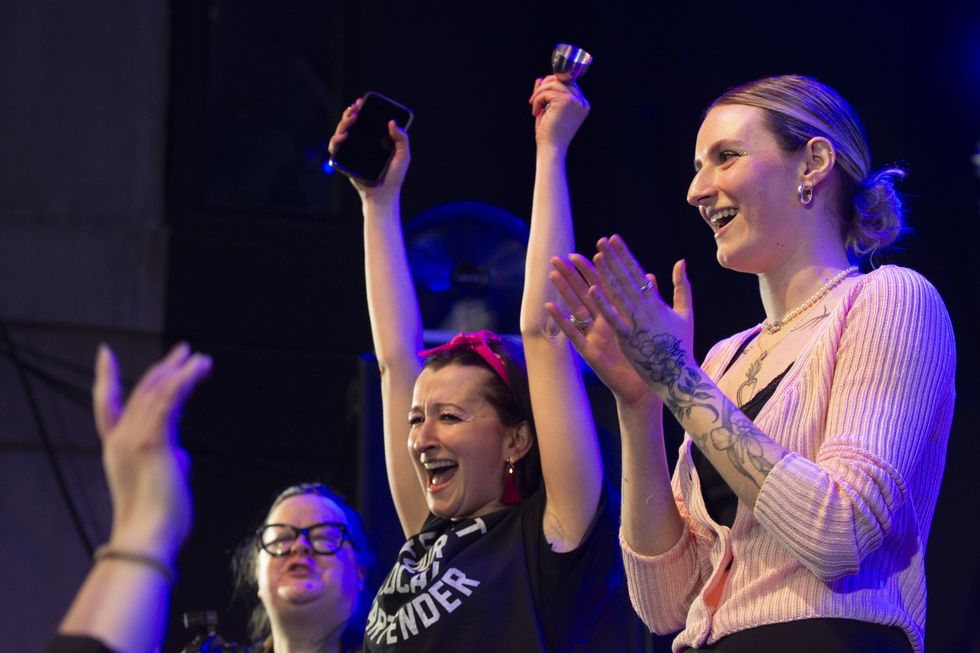
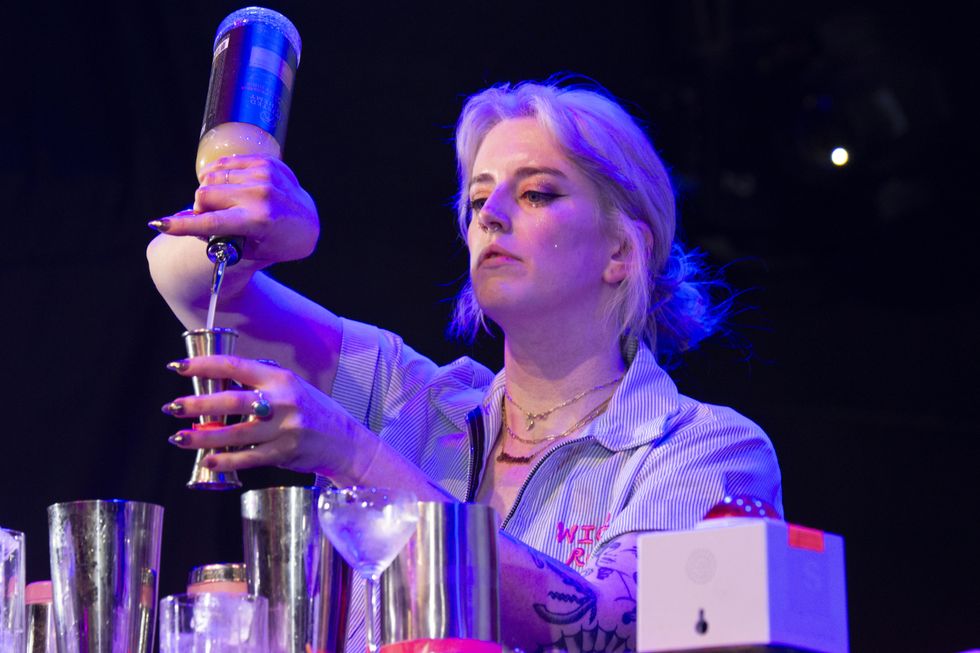
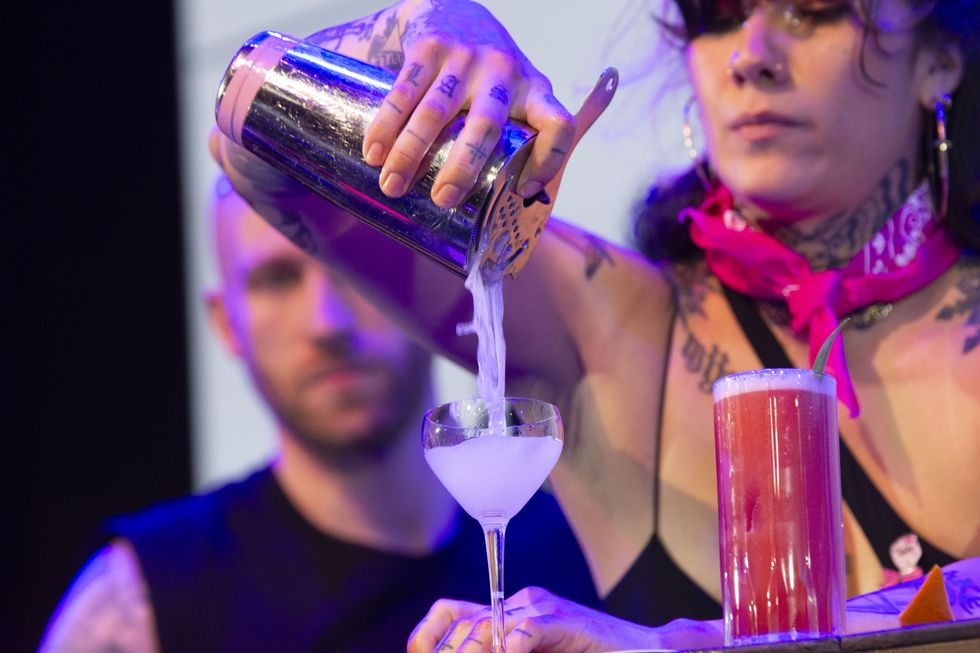

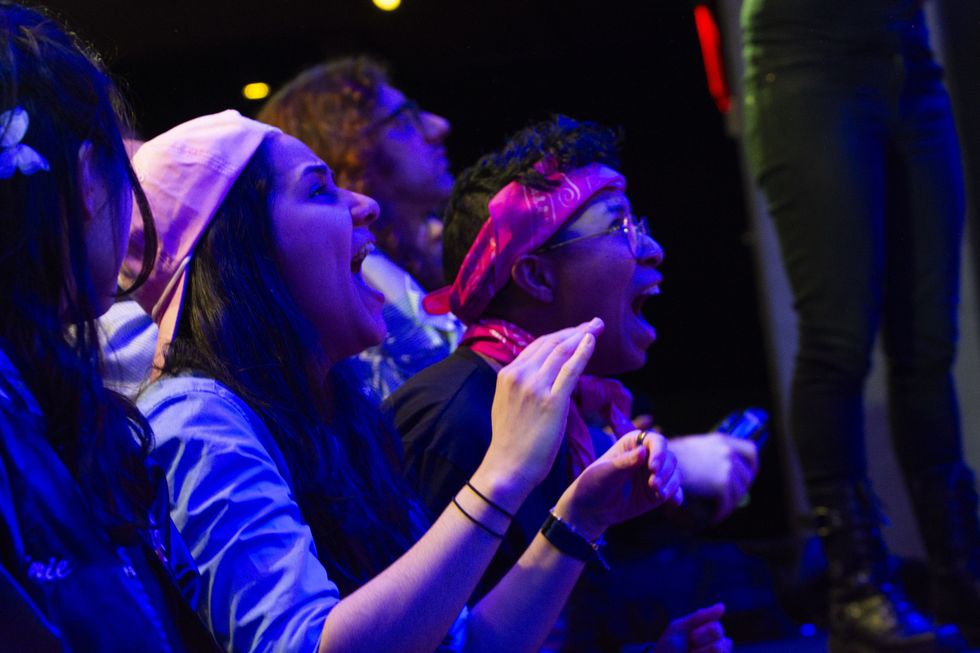
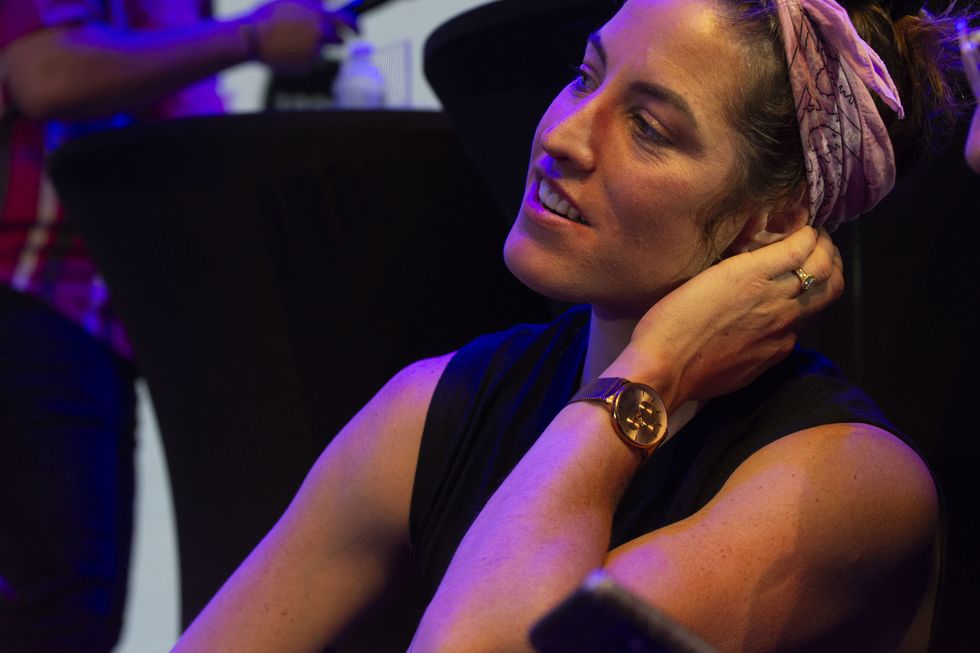
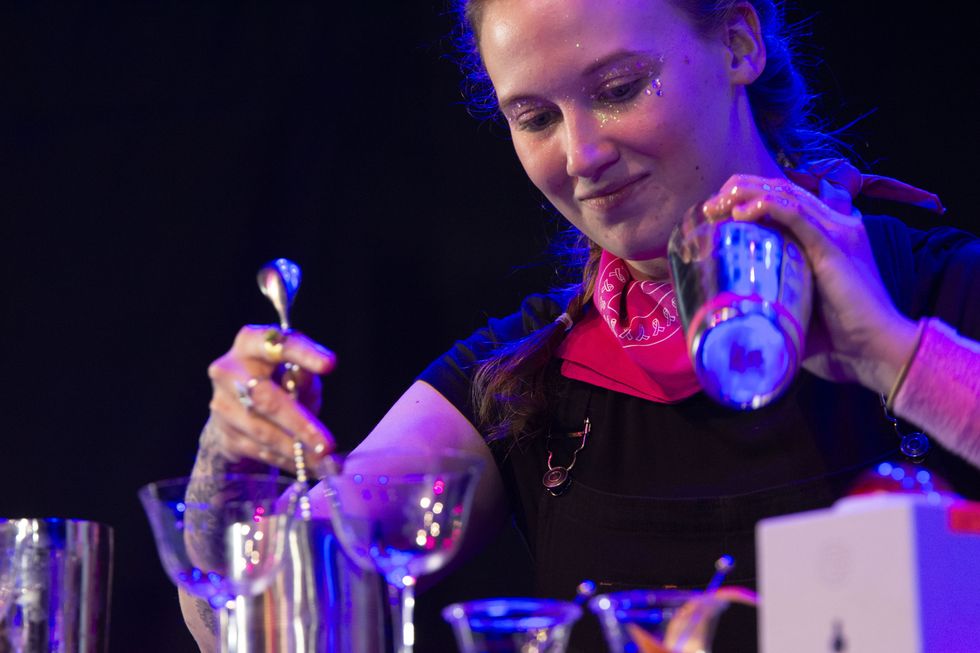
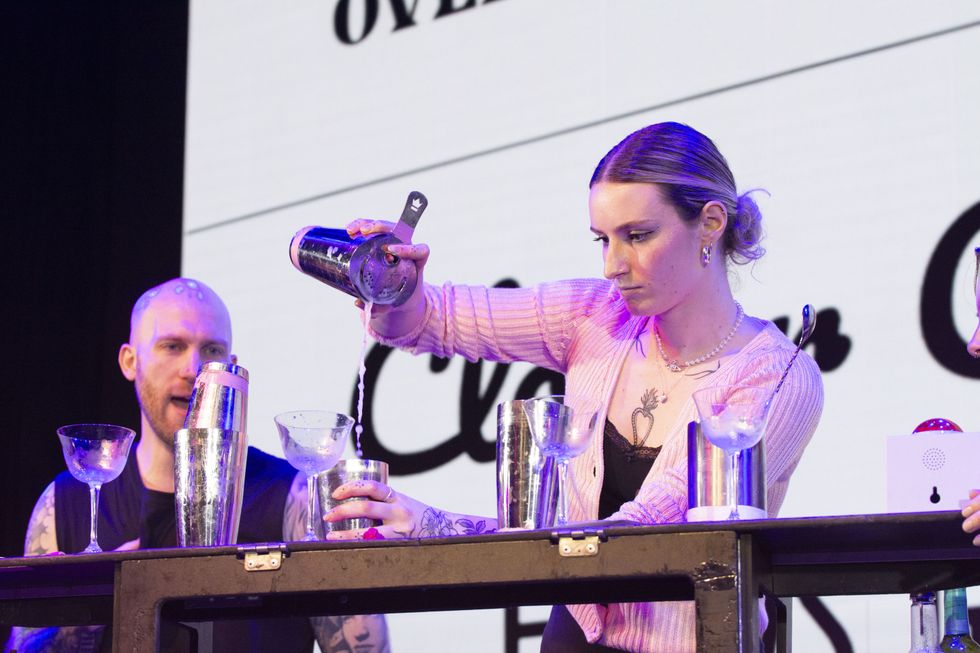
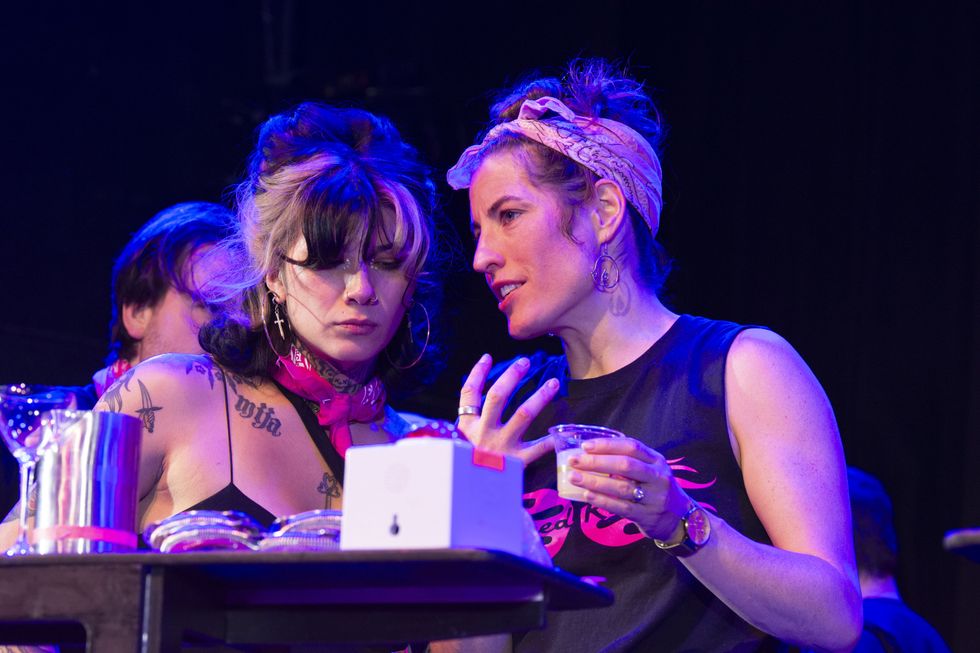
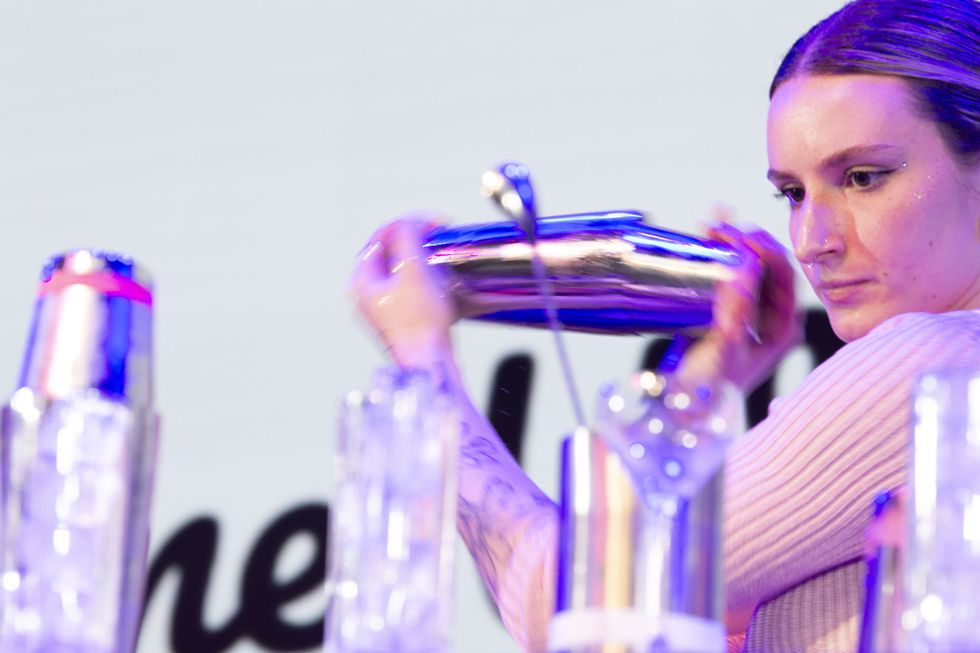

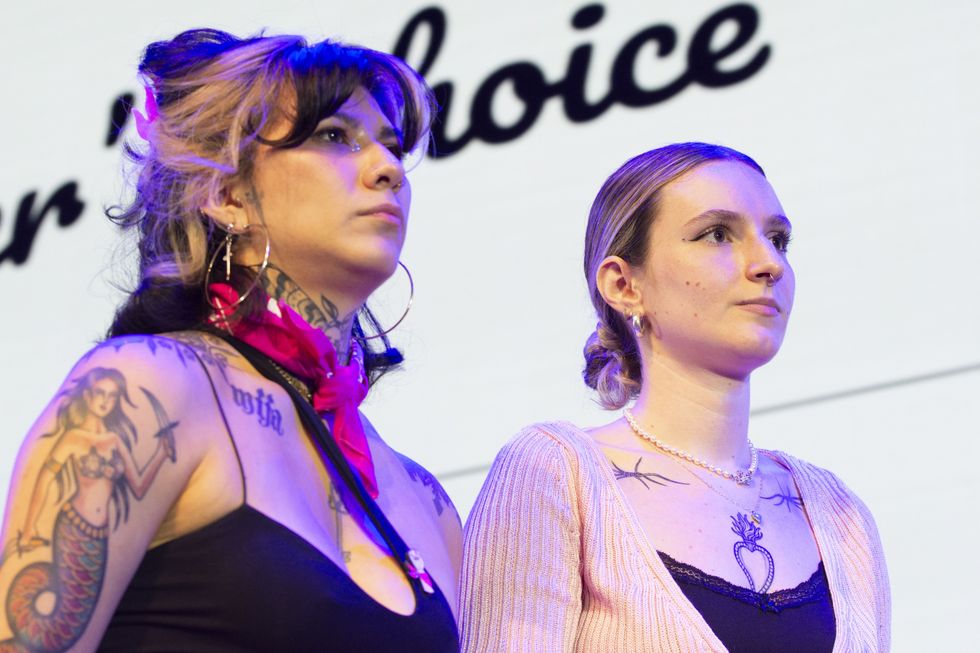

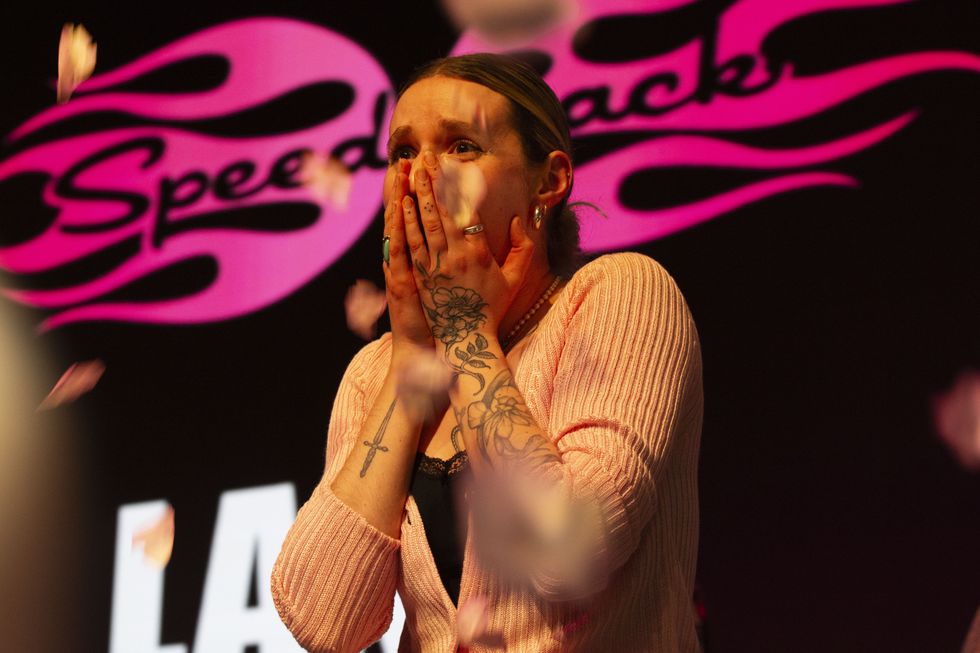


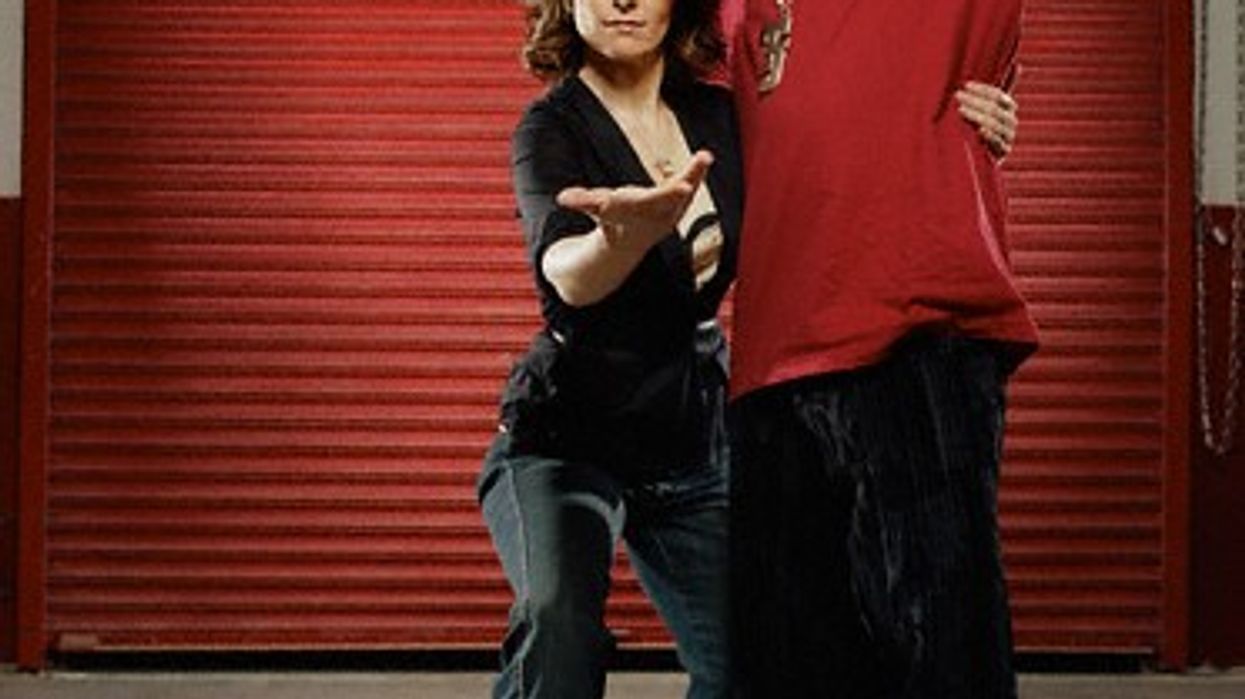
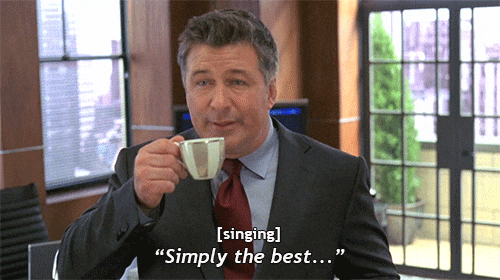 Celebrate 30 Rock GIF by University of Alaska Fairbanks
Celebrate 30 Rock GIF by University of Alaska Fairbanks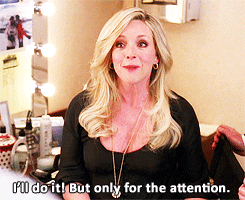 Ill Do It 30 Rock GIF
Ill Do It 30 Rock GIF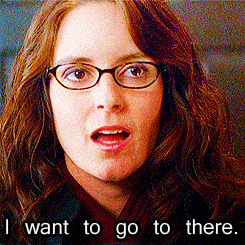 i want to go to there 30 rock GIF
i want to go to there 30 rock GIF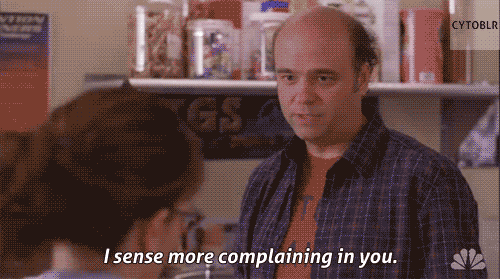 Complain 30 Rock GIF
Complain 30 Rock GIF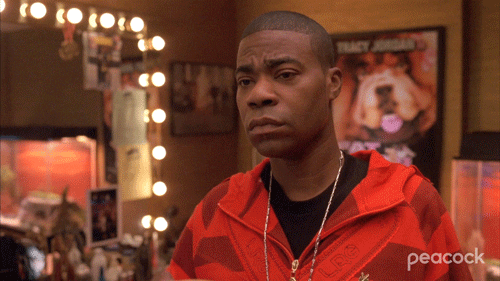 30 Rock Coffee GIF by PeacockTV
30 Rock Coffee GIF by PeacockTV Happy Crying 30 Rock GIF
Happy Crying 30 Rock GIF


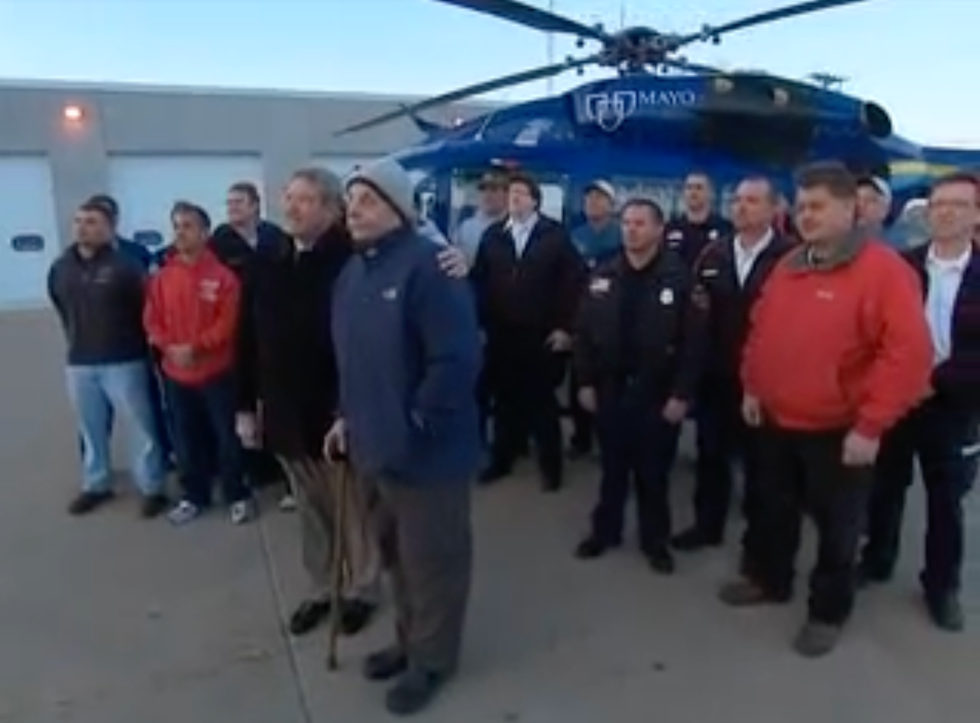

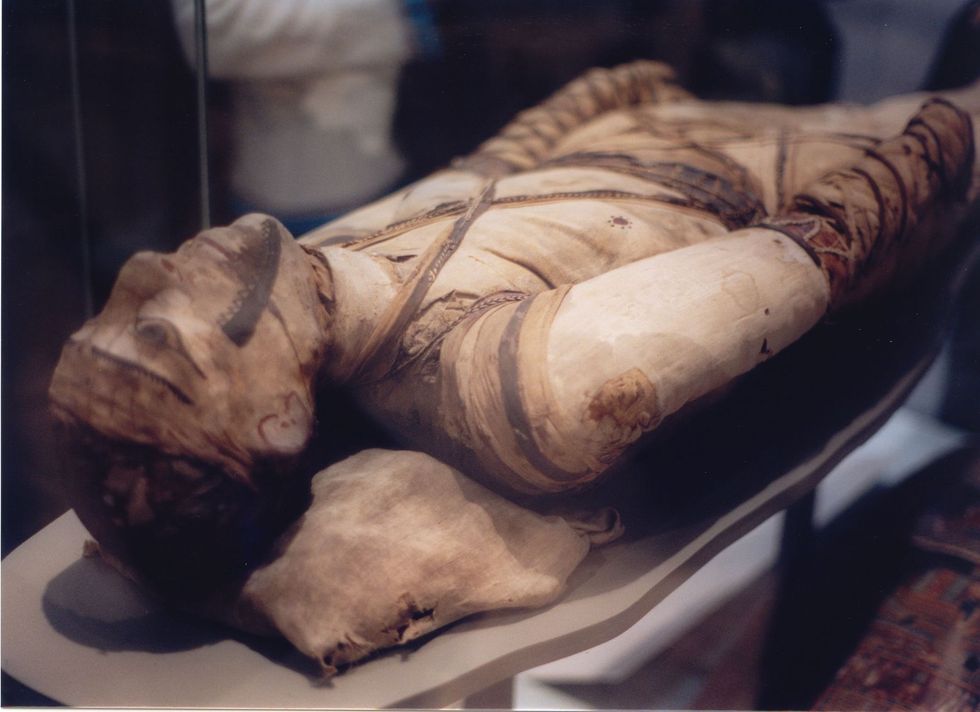 A mummy in the British Museum
A mummy in the British Museum